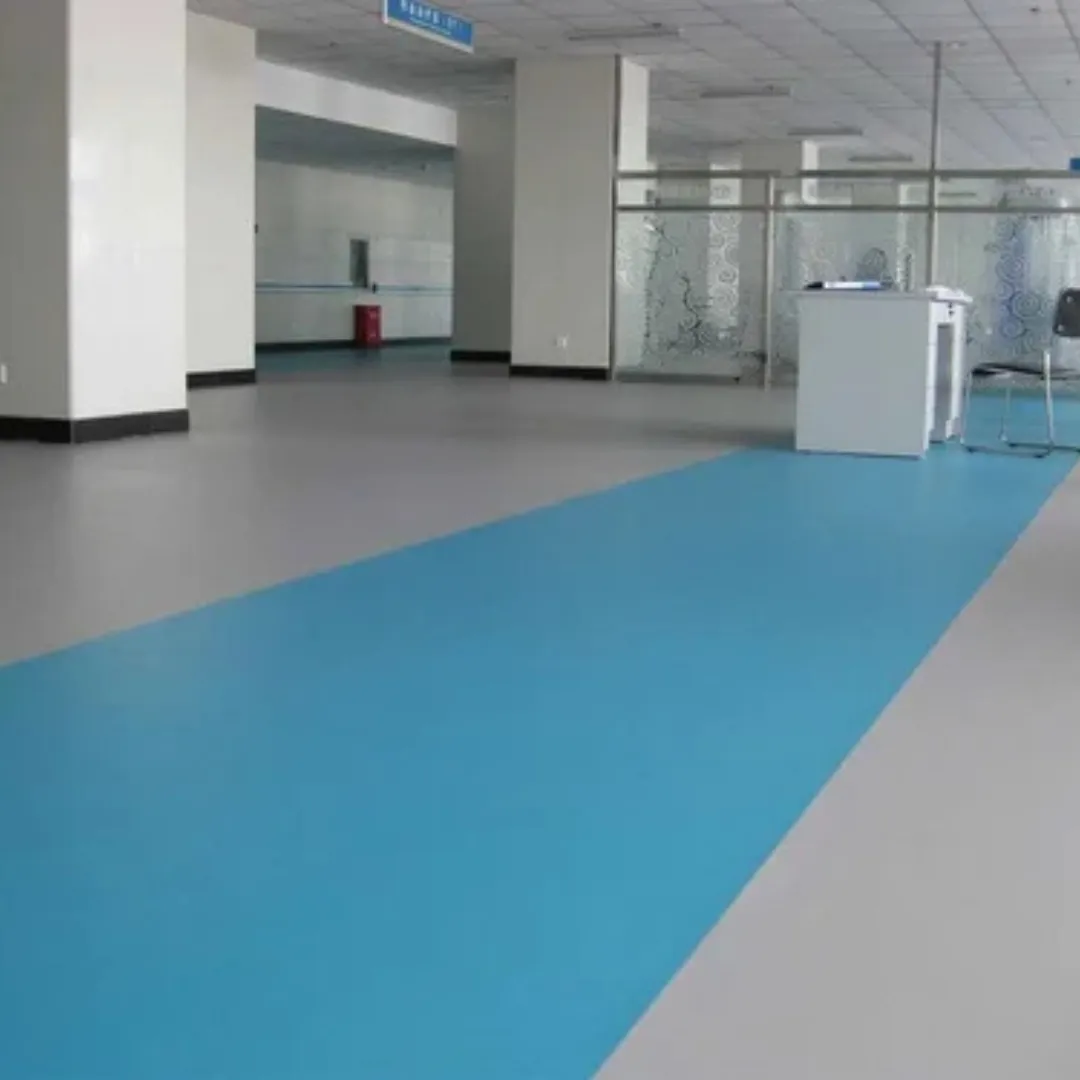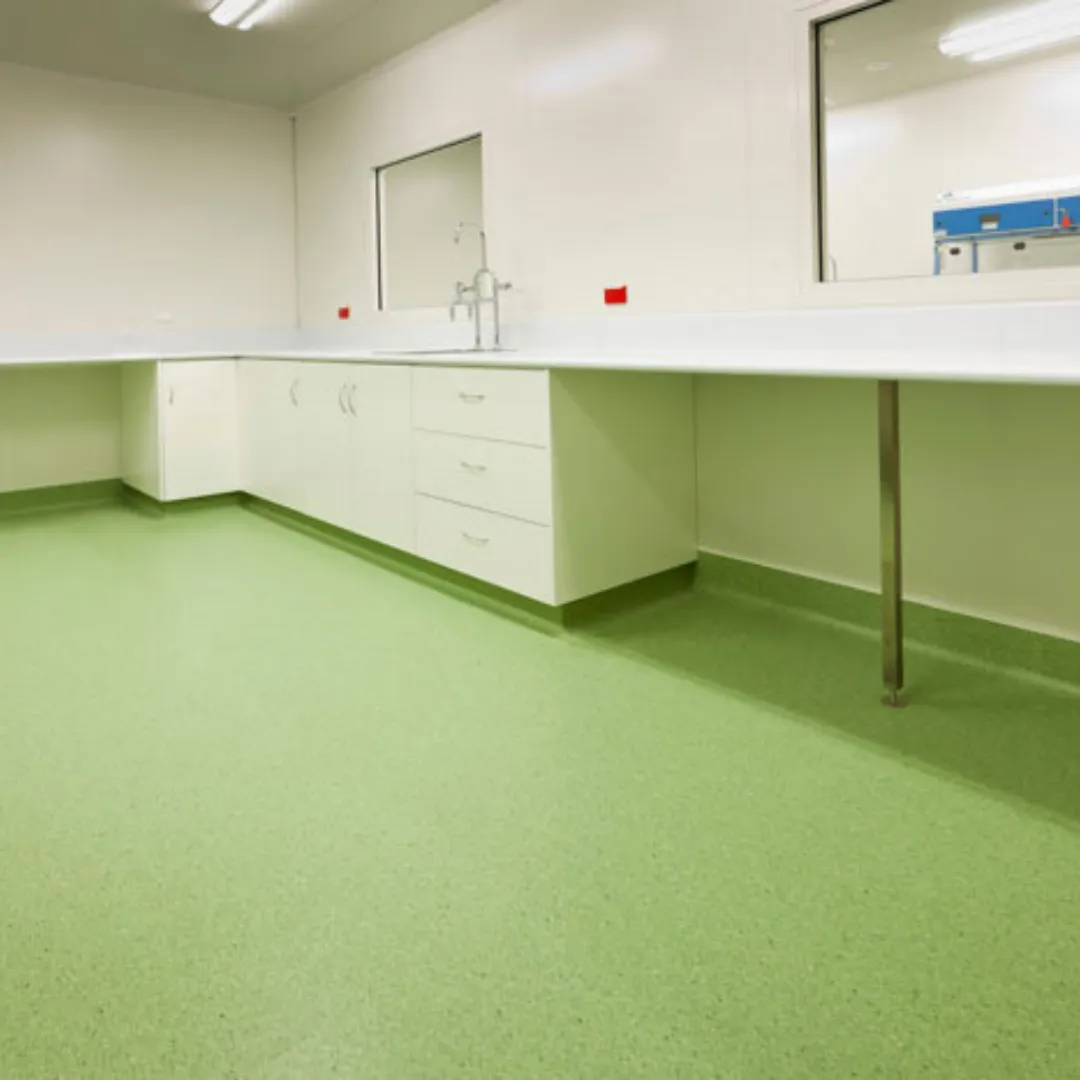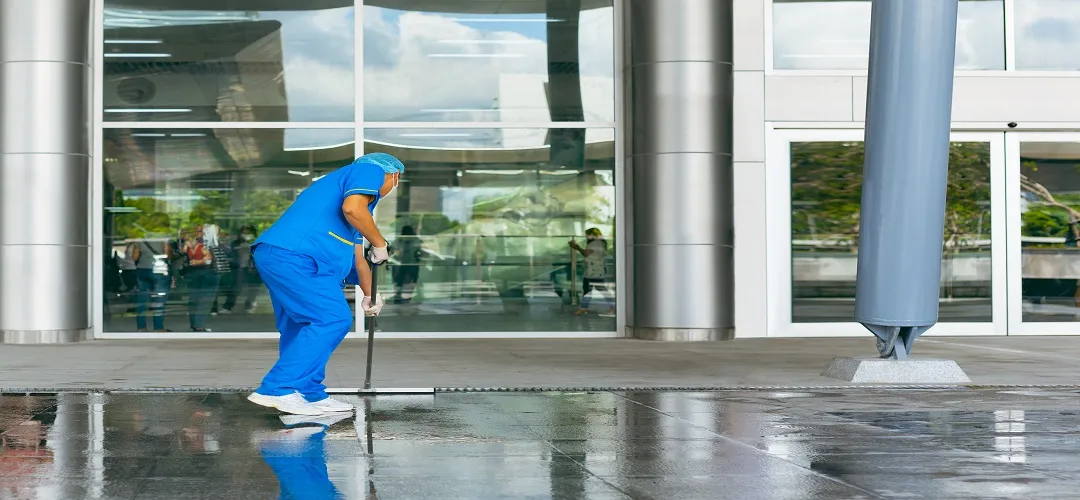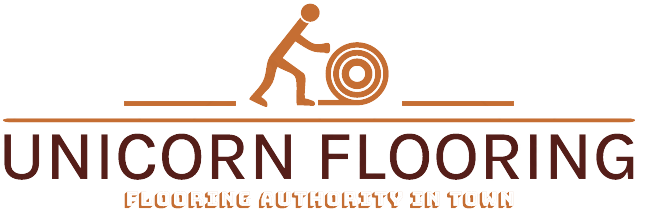3D Anti-Static Flooring in Pakistan
As Pakistan’s electronics, IT, medical and manufacturing sectors modernize, demand for flooring that both looks exceptional and protects sensitive equipment is rising. Enter 3D anti-static flooring — a high-performance floor system that combines the dramatic visual depth of 3D epoxy with electrostatic discharge (ESD) protection. It’s a solution that suits cleanrooms, electronics assembly areas, data centres, laboratories, medical facilities and showrooms that want style without compromising on technical performance.
This long-form guide explains what 3D anti-static flooring is, why it matters in the Pakistani context, system types, installation steps, cost considerations, maintenance, common pitfalls, and how to choose the right contractor. If you’re evaluating ESD-safe floors for Karachi, Lahore, Islamabad or anywhere else in Pakistan, this guide will help you make an informed decision.
What is 3D Anti-Static Flooring?



3D anti-static flooring is a multi-layer flooring system that blends a decorative 3D image (printed media beneath clear layers) with materials formulated to control static electricity. The “3D” element — a high-resolution picture or pattern embedded under clear resin layers — provides the visual depth and aesthetic appeal. The anti-static part ensures that electrostatic charge is either safely conducted to ground (conductive systems) or dissipated at a controlled rate (dissipative systems), preventing sudden electrostatic discharges that can damage sensitive electronics or disrupt processes.
Put simply: it’s flooring that looks like art and acts like an ESD protection system.
Why anti-static flooring is important in Pakistan?
Several trends make anti-static flooring relevant across Pakistani industries:
- Growing electronics manufacturing and assembly: PCB assembly, electronics testing and repair shops require ESD protection to prevent damage to components.
- Expanding data and server infrastructure: Data centres and server rooms need reliable ESD control alongside durable, seamless surfaces.
- Healthcare and labs: Operating rooms, diagnostic labs and pharmaceutical production areas benefit from hygienic, seamless floors that also control static build-up.
- Retail & showrooms with high-tech products: Apple stores, mobile outlets and appliance showrooms protect inventory and provide premium aesthetics.
- Industrial automation: Robotics and automation systems can be sensitive to static; ESD floors reduce risks.
In Pakistan’s climate and construction context, a properly specified 3D anti-static system also addresses humidity, surface moisture, and chemical resistance — all crucial where power fluctuations and environmental factors can affect sensitive equipment.
Key components of a 3D anti-static flooring system
A robust system typically includes:
Surface preparation & repair
- Diamond grinding or shot blasting to expose sound concrete and create the right profile for bonding.
- Crack repair and leveling with epoxy fillers or cementitious repair mortars.
Conductive or dissipative primer / grounding network
- A special conductive primer or copper/tape grid installed beneath the floor that forms a continuous path to earth/ground.
- Grounding connections to the building earthing system at predefined intervals.
Basecoat with anti-static additives
- Resin mixed with conductive fillers (carbon, conductive polymers, or metal powders) or formulated to be dissipative.
- Controls the surface electrical properties.
3D image or printed vinyl layer (optional)
- High-resolution artwork printed on a suitable substrate and placed over the base layer.
- Image must be compatible with resin and sealed correctly to avoid trapping moisture/air.
Clear anti-static topcoat
- Multiple clear resin layers (epoxy or polyurethane) poured to encapsulate the image and provide wear resistance.
- Topcoat formulated to maintain anti-static properties and resist yellowing (UV stable topcoats are recommended if sunlight exposure is possible).
Final grounding verification & testing
- Surface resistance/dissipative testing and continuity checks to confirm the floor meets the required ESD specifications.
- Documentation and test reports for quality assurance.
Types of anti-static 3D flooring systems
There are two main electrical performance categories you’ll hear about:
- Conductive systems — provide a low-resistance path to ground; used when very low charge retention is required (e.g., in certain PCB assembly areas). These often incorporate conductive grids and conductive primers.
- Dissipative systems — have higher resistance than conductive floors but allow charges to bleed off at a controlled rate. These are common for general electronics, server rooms and many laboratory applications.
Within those categories you can have different construction approaches:
- Conductive epoxy with 3D overlay — conductive primer + conductive epoxy body + image + clear conductive topcoat.
- Dissipative epoxy/polyurethane with 3D overlay — dissipative formulations throughout the build-up with embedded image and protective topcoat.
- 3D vinyl image with conductive matting below — image printed on vinyl, then overlaid with conductive resin layers & grounding grid.
Selecting between conductive and dissipative depends on the sensitivity of the equipment and the ESD control program your facility follows — your electrical engineer or ESD coordinator should specify the target floor performance.
Where 3D anti-static flooring is used (applications)
- Electronics manufacturing & assembly lines
- Data centres and server rooms
- Clean rooms and controlled environments
- Hospitals — operating theatres and labs
- Telecom facilities
- R&D labs and test benches
- Showrooms with sensitive electronics
- Control rooms and instrumentation floors
In Pakistan, cities with significant industrial and technological activity (Karachi, Lahore, Islamabad, Sialkot, Faisalabad) are common locations for these installations.
Benefits of 3D anti-static flooring
- Aesthetic appeal — transform sterile ESD areas into visually striking environments (company branding, navigational zones, or themed interiors).
- ESD protection — controlled electrostatic behaviour reduces risk of damage to components and improves safety of sensitive processes.
- Hygienic & seamless — no joints or grout means easy cleaning and reduced contamination risk.
- Durability — resistant to abrasion, chemical spills and heavy foot/traffic from carts or trolleys.
- Customizability — branding, safety demarcations, and decorative designs can be embedded.
- Low lifecycle cost — fewer repairs and less downtime versus tiled floors in sensitive environments.
Step-by-step installation (what to expect)

A professional installation typically follows these stages:
Site survey & specification
- Technical team inspects substrate, moisture levels, and plans the grounding layout.
- Decide on conductive vs dissipative system and final surface resistivity target.
Surface preparation
- Mechanical grinding or shot blasting to remove weak concrete, adhesives, coatings, contaminants and provide correct profile.
- Structural repairs for cracks, spalls and delamination.
Grounding network installation
Lay copper tapes or conductive mesh/grid and bond to earth points. Connections are installed at regular intervals per spec.
Primer / conductive primer application
A primer that enhances adhesion and in conductive systems helps create a low-resistance path.
Base coat / body coat
Apply conductive or dissipative epoxy body coat. For heavy duty requirements, an epoxy mortar layer might be used.
3D image placement
Once base cures to the right stage, the printed 3D image vinyl or sheet is placed carefully and sealed to avoid bubbles.
Clear resin pour & finishing
Multiple clear anti-static resin layers are poured, self-levelled and degassed (using spiked rollers or gentle heat) for a glass-like finish.
Final topcoat & UV protection
If required, a UV-stable anti-static polyurethane topcoat is applied to protect against yellowing and improve chemical resistance.
Curing & testing
Allow specified cure time, then perform surface resistance/continuity tests across multiple points and document results. Make sure the ground connections show continuity.
Handover & documentation
The contractor should provide test certificates, maintenance guidelines and warranty details.
Performance verification & testing
The floor must be tested after installation. Typical checks include:
- Surface resistance / surface resistivity testing — measured at multiple points to ensure the floor meets the specified ESD range.
- Continuity checks — ensure the grounding network is continuous and tied to building earth.
- Adhesion tests — ensure the system is bonded to the substrate.
- Visual inspection — check for air bubbles, delamination or topcoat defects.
Ask contractors to provide test reports with values and testing methodology, and insist on remedial action if tests are outside the agreed range.
Cost considerations in Pakistan
Costs can vary widely depending on system complexity, area, and surface condition. Factors that influence cost:
- Type of electrical performance (conductive systems generally cost more than dissipative).
- Surface preparation needed (poor concrete increases cost).
- Quality of resin and conductive additives (imported branded resins and specialized conductive fillers add to material cost).
- Size of area (larger areas lower per-sqm rate).
- Complexity of 3D artwork and printing (custom high-resolution prints cost more).
- Grounding infrastructure (number of earth points and complexity of routing).
- Topcoat choices (UV-stable polyurethane topcoats cost more than standard epoxy).
Because prices change and suppliers vary, get at least three detailed quotes from reputable contractors. A proper quote should break down: surface prep, grounding materials, resin & topcoats, artwork costs, labor, testing & warranty.
Maintenance & cleaning
Maintaining the ESD properties while keeping the 3D look pristine is crucial.
- Daily cleaning: Use anti-static cleaners recommended by the flooring manufacturer; avoid harsh solvents that may degrade the resin.
- Periodic testing: Schedule surface resistance and grounding continuity tests (monthly or quarterly depending on usage and risk tolerance).
- Avoid sharp impacts: While engineered for durability, avoid dragging heavy sharp objects that can gouge the surface.
- Repair protocol: Small scratches or worn spots should be repaired by professionals using compatible ESD repair materials.
- Environment control: Keep humidity and temperature within recommended ranges for electronics areas — extreme dryness can increase static risk, while excessive moisture may affect substrate.
Common mistakes & how to avoid them
Skipping thorough surface prep — leads to delamination and poor performance. Always insist on mechanical profiling.
Poor grounding design — a beautiful conductive floor is useless without a continuous path to earth. Ensure earth points and bonding are correctly implemented.
Low-quality resins or fillers — cheap materials can fail or lose anti-static properties over time. Request technical data sheets.
Ignoring testing — insist on post-installation testing and documented results.
Using incompatible cleaning products — non-ESD cleaners can leave insulating residues and ruin the floor’s properties.
Choosing the right contractor in Pakistan
Look for:
- Proven experience with ESD floors — ask for project references and site visits.
- Technical transparency — request technical data sheets (TDS) for all materials, and ask how they will achieve the electrical targets.
- Testing capability — the contractor should be able to perform and document surface resistance and continuity tests.
- Warranty & aftercare — get a written warranty covering adhesion, electrical performance and wear.
- Health & safety practices — proper PPE, ventilation and waste disposal matter.
- Local support — availability for repairs and routine testing is a plus.
Use cases & example scenarios (Pakistan context)
- Electronics assembly plant (Sialkot / Gujranwala): A dissipative 3D floor in assembly and a conductive grid near test stations can minimize component failures while giving the factory a modern look for client visits.
- Data centre (Karachi / Lahore): Anti-static 3D flooring in server aisles helps control static near raised floors and cabling corridors, while logo-branded 3D walkways improve wayfinding.
- Medical diagnostic centre (Islamabad): Seamless hygienic 3D floors with dissipative topcoats in labs reduce contamination risk and help control static around sensitive instruments.
- Retail electronics showroom (nationwide): Protective ESD flooring that displays brand imagery and provides a safe environment for demo units.
Environmental & safety considerations
- Ventilation during application is essential — many resins emit fumes during curing.
- Low-VOC formulations are increasingly available and preferred for indoor installations.
- Waste disposal: Leftover resins and solvents must be disposed of according to local regulations.
- Worker protection: Contractors should use gloves, goggles and respirators during mixing and pouring.
Final thoughts
3D anti-static flooring is a smart investment for Pakistani industries that need both technical ESD control and high visual impact. When specified and installed correctly, these systems protect sensitive equipment, improve hygiene and present a modern professional image — all while offering durable, low-maintenance performance.
If you’re exploring 3D anti-static floors for your facility in Karachi, Lahore, Islamabad, Faisalabad, Sialkot or anywhere in Pakistan, here are practical next steps:
Arrange a site survey with an experienced ESD flooring contractor.
Request a detailed specification (conductive vs dissipative, target performance, grounding design).
Get at least three itemized quotes and verify references.
Ask for product TDS, warranty terms and post-installation testing protocols.
Plan for a maintenance and testing schedule as part of the handover.
FAQ'S
Anti-static floors can be designed for moisture-prone environments, but moisture testing and appropriate primers are essential. Some epoxy systems are more sensitive to moisture — discuss with your contractor.
Many facilities test monthly or quarterly, but the schedule should match the criticality of operations and regulatory requirements.
Not if installed correctly. The conductive/dissipative layers must form a continuous path; the image layer is typically sealed between conductive layers or encapsulated so it does not interrupt performance.
The decorative 3D element adds cost (printing, extra resin layers), and conductive systems can be pricier than non-ESD options. However, for client-facing or brand-sensitive environments, the extra cost can be justified.
Depends on area and system complexity. Small rooms may take a few days; large industrial floors can take a week or more, including curing and testing.
